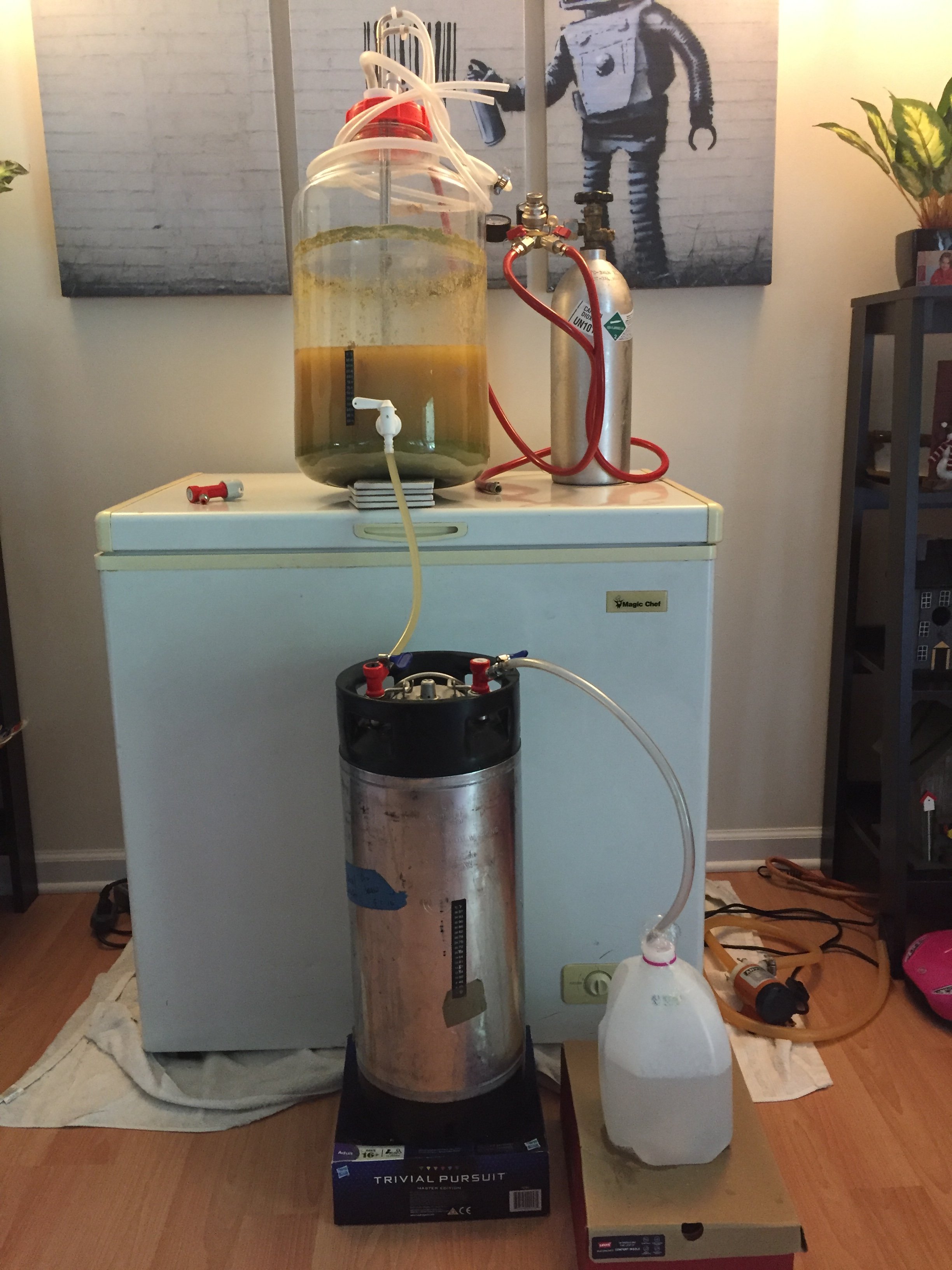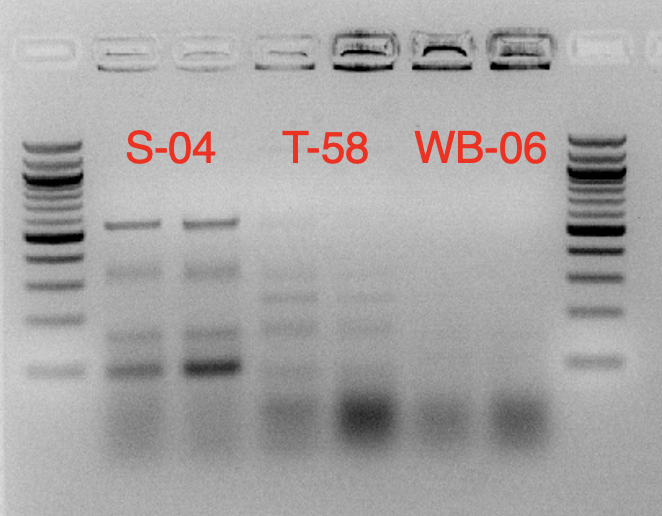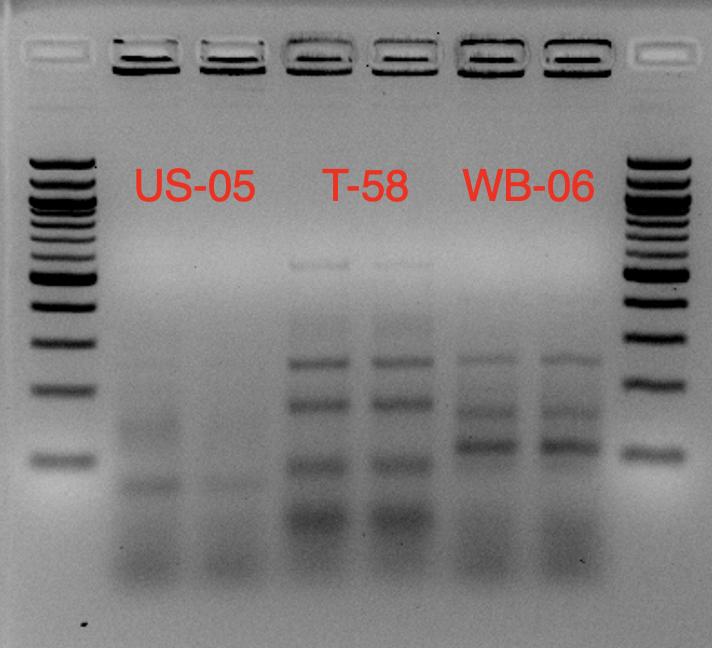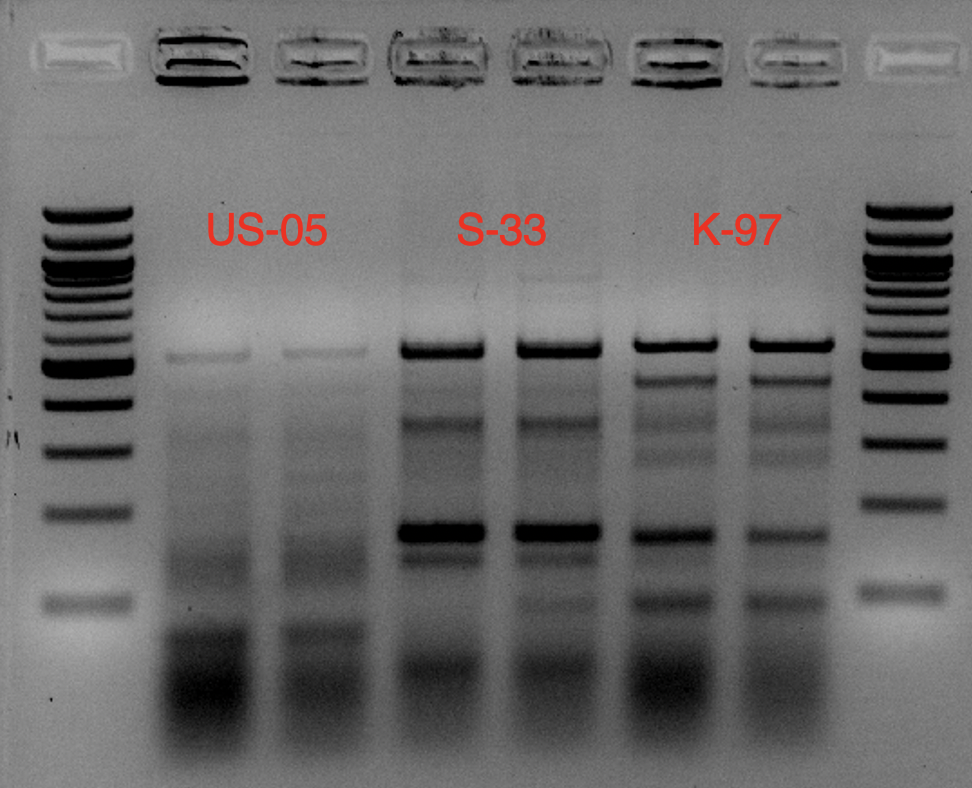Hmm, yea. Both might be necessary in order to rule out any outside introduction. In the case you were talking about, yea, Bells might be a great example.
Apologies for the skepticism, being doubtful of a result is definitely the first reaction I have, probably because of the conservative nature of my field. I guess that I'm just stuck on the WB-06 being diastaticus. Maybe I'm ignorant, but how reliable would a killer yeast be at suppressing the growth of an STA-1 positive yeast? From my understanding and just familiarity with biology, I can't imagine it's a 100% success rate, yet after countless batches, I haven't heard of TH beers exploding, gushing, or even over carbonation. If a diastaticus yeast was being used, I would assume they'd centrifuge it out, but it's being found in bottles


























































![Craft A Brew - Safale S-04 Dry Yeast - Fermentis - English Ale Dry Yeast - For English and American Ales and Hard Apple Ciders - Ingredients for Home Brewing - Beer Making Supplies - [1 Pack]](https://m.media-amazon.com/images/I/41fVGNh6JfL._SL500_.jpg)







